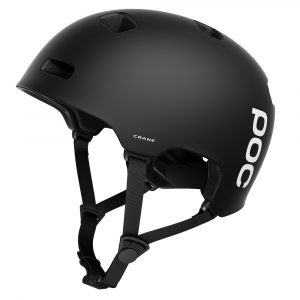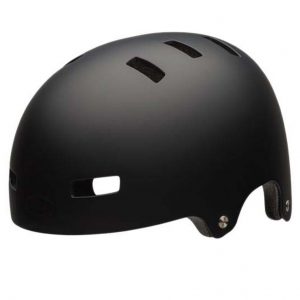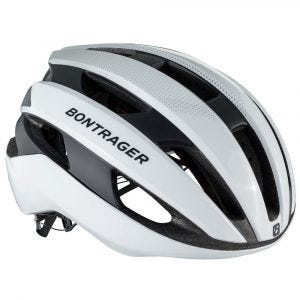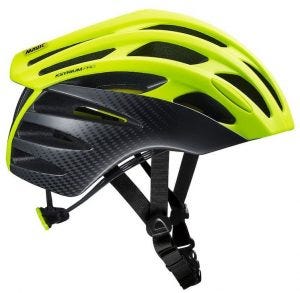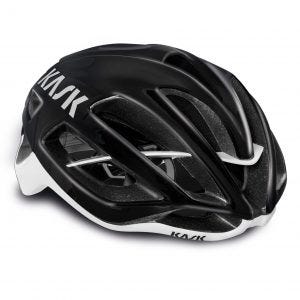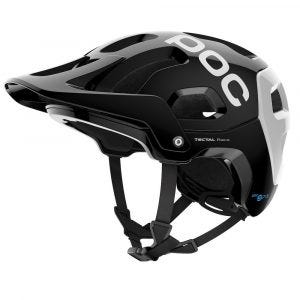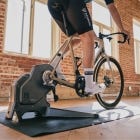Choosing the right size helmet if crucial for comfort and safety. Helmets usually come in multiple sizes in order to provide optimal fit, although more affordable ones may offer only one or two sizes. Also, fit varies from one brand to another, so we recommend trying a few before buying, in order to choose one that fits perfectly.
Price and safety
Prices will vary from 50$ to 350$ depending on purpose and technology, but all bicycle helmets must meet the same safety requirements, which means buying a more affordable helmet doesn’t compromise safety.
More expensive helmets are usually lighter, more ventilated and more comfortable with softer straps and better adjustments. For cyclists who ride a lot, these features offer real value, since they mostly improve comfort.
Different helmet types
Urban / recreational
These affordable helmets are perfectly adapted to casual cyclists and urban riders. Whether you ride a hybrid bike, road bike or mountain bike, there are options in that category that will suit your needs, including urban helmets with BMX style. Brands like Bell, Giro, Poc or Smith offer helmet with an urban style.
Road / Aero
Designed with road cycling in mind, road helmets are usually lighter and more ventilated than recreational helmets. While better ventilation is crucial for riding in hot conditions, a lighter helmet will be much appreciated by cyclists who ride a lot.
Aero helmets are a subcategory of road helmets. They offer better aerodynamics by sacrificing a bit of ventilation. These helmets are aimed at racers and serious cyclists who are determined to ride as fast as possible.
Here are some of the most popular helmets in that category: Oakley, Bontrager, Mavic and Kask.
Triathlon
Designed specificaly for triathlon and time-trialing, these helmets use radical shapes to provide substantial aerodynamic gains by sacrificing everything else. This means that they are cumbersome, not well vented and heavier than regular and aero road helmets. That’s why they should be used only for triathlons and time-trials in your chase for absolute speed.
Mountain
Mountain bike helmets usually have visors to protect you from tree branches and sun light. They offer more rear-head coverage for safety and they have a snugger fit to keep the helmet in place when tackling rough terrain.
The Smith, Giro and Kask are prime exemples of great MTB helmets.
Lifespan of a helmet
The normal lifespan of a bicycle helmet is about 4 or 5 years. Sun rays and sweat are what cause the helmet to age. When the helmet is too old, the liner has dried-up and lost its ability to absorb impact forces. The result is the helmet is more likely to shatter in a crash instead of absorbing the impact.
We also highly recommend you change your helmet after any significant impact, even if it seems to be intact. The structural integrity of the helmet has been compromised and it’s not offering optimal safety anymore.
MIPS technology
The multi-impact protection system, or MIPS, is a new technology designed to improve rider safety. It lets the helmet slide on the head in order to add more protection against rotational impacts. This technology is gaining in popularity as more and more helmet manufacturers add it to their products.

